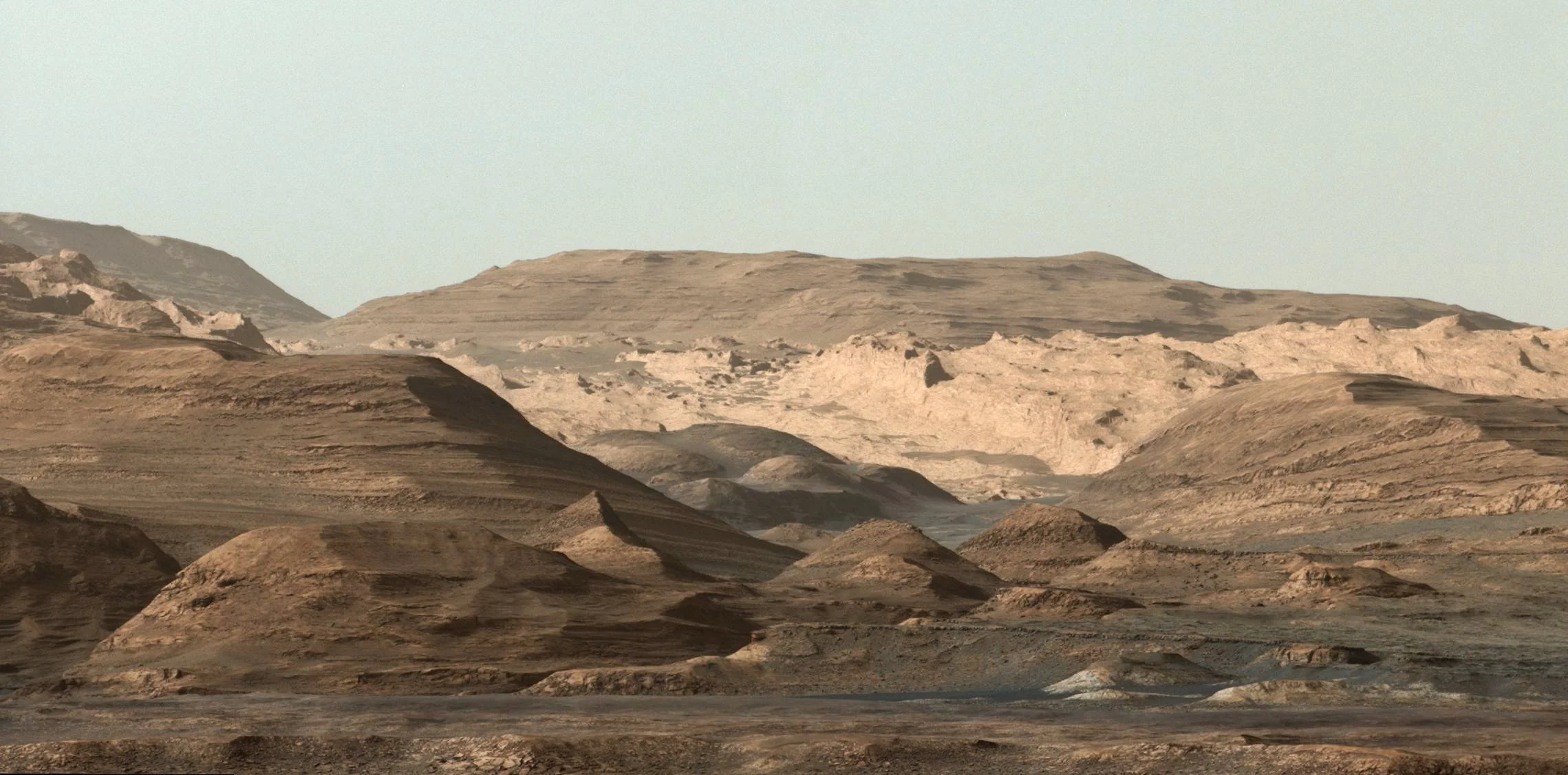By Matt Williams
Of all the planets in the Solar System, Mercury is the closest to our Sun. As such, you would think it is the hottest of all the Solar planets. But strangely enough, it is not. That honor goes to Venus, which experiences an average surface temperature of 750 K (477 °C; 890 °F). Not only that, but Mercury is also cold enough in some regions to maintain water in ice form.
This colorful view of Mercury was produced by using images from the color base map imaging campaign during MESSENGER's primary mission. - Image Credit: NASA/Johns Hopkins University Applied Physics Laboratory/Carnegie Institution of Washington
Overall, Mercury experiences considerable variations in temperatures, ranging from the extremely hot to the extremely cold. All of this arises from the fact that Mercury has an extremely thin atmosphere, as well as the nature of its orbit. Whereas the side facing the Sun experiences temperatures hot enough to melt lead, the darkened areas are cold enough to freeze water.
Orbital Characteristics:
Mercury has the most eccentric orbit of any planet in the Solar System (0.205). Because of this, its distance from the Sun varies between 46 million km (29 million mi) at its closest (perihelion) to 70 million km (43 million mi) at its farthest (aphelion). And with an average orbital velocity of 47.362 km/s (29.429 mi/s), it takes Mercury a total 87.969 Earth days to complete a single orbit around the Sun.
With an average rotational speed of 10.892 km/h (6.768 mph), Mercury also takes 58.646 days to complete a single rotation. This means that Mercury has a spin-orbit resonance of 3:2, which means that it completes three rotations on its axis for every two orbits around the Sun. This does not, however, mean that three days last the same as two years on Mercury.
In fact, its high eccentricity and slow rotation mean that it takes 176 Earth days for the Sun to return to the same place in the sky (aka. a solar day), which means that one day is twice as long as a single year on Mercury. The planet also has the lowest axial tilt of any planet in the Solar System – approximately 0.027° compared to Jupiter’s 3.1°, (the second smallest). This means that there is virtually no seasonal variation in surface temperature.
Exosphere:
Another factor that affects Mercury’s surface temperatures is its extremely thin atmosphere. Mercury is essentially too hot and too small to retain anything more than a variable “exosphere”, one which is made up of hydrogen, helium, oxygen, sodium, calcium, potassium and water vapor.
These trace gases have a combined atmospheric pressure of about 10-14bar (one-quadrillionth of Earth’s atmospheric pressure). It is believed this exosphere was formed from particles captured from the Sun, volcanic outgassing and debris kicked into orbit by micrometeorite impacts.
Surface Temperatures:
Because it lacks a viable atmosphere, Mercury has no way to retain the heat from the Sun. As a result of this and its high eccentricity, the planet experiences considerable variations in temperature between its light side and dark side. Whereas the side that faces the Sun can reach temperatures of up to 700 K (427° C; 800 °F), the side in shadow dips down to 100 K (-173° C: -279 °F).
Despite its extreme highs in temperature, the existence of water ice and even organic molecules has been confirmed on Mercury’s surface, specifically in the cratered northern polar region. Since the floors of these deep craters are never exposed to direct sunlight, temperatures there remain below the planetary average.
View of Mercury’s north pole. based on MESSENGER probe data, showing polar deposits of water ice. - Image Credit: NASA/JHUAPL/Carnegie/National Astronomy and Ionosphere Center, Arecibo Observatory.
These icy regions are believed to contain about 1014–1015 kg of frozen water, and may be covered by a layer of regolith that inhibits sublimation. The origin of the ice on Mercury is not yet known, but the two most likely sources are from outgassing of water from the planet’s interior or deposition by the impacts of comets. There are thought to be craters at the south pole as well, where temperatures are similarly cold enough to sustain water in ice form.
Mercury is a planet of extremes. It has an extremely eccentric orbit, an extremely thin-atmosphere, and experiences extremely hot and cold surface temperatures. Little wonder then why there is no life on the planet (at least, that we know about!) But perhaps someday, human beings may live there, sheltered in the cratered regions and using the water ice to create a habitat.
We have written many interesting articles about the average surface temperatures of the planets. Here’s What is the Average Surface Temperature of the Planets in our Solar System?, What is the Average Surface Temperature of Venus?, What is the Average Surface Temperature of Earth?, What is the Average Surface Temperature of Mars?, What is the Average Surface Temperature of Jupiter?, What is the Average Surface Temperature of Saturn?, What is the Average Surface Temperature of Uranus?, What is the Average Surface Temperature of Neptune?, and What is the Average Surface Temperature of Pluto?
If you’d like more information on Mercury, check out NASA’s Solar System Exploration Guide, and here’s a link to NASA’s MESSENGER Misson Page.
We have also recorded a whole episode of Astronomy Cast that’s just about planet Mercury. Listen to it here, Episode 49: Mercury.
Sources:
If you enjoy our selection of content please consider following Universal-Sci on social media:











